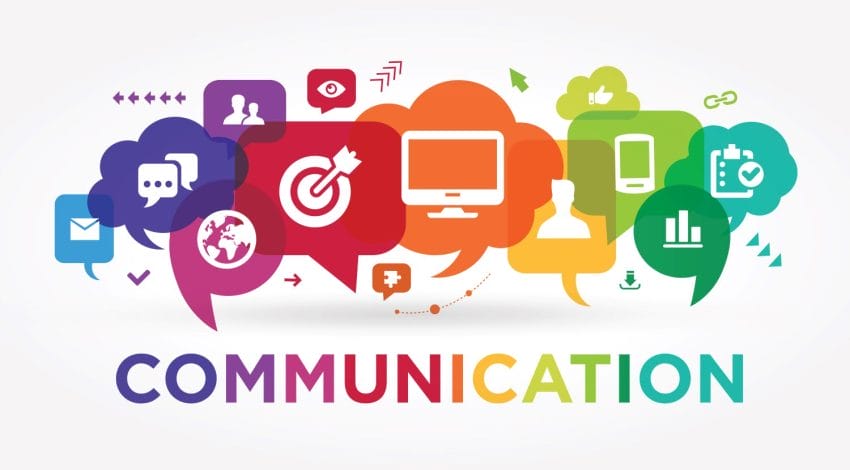Creating the ideal organizational culture takes a commitment to strategic communication. Healthcare leaders cannot say something once and expect the message to permeate the hearts and minds of every person in the organization. It takes strategy, tactics, and skilled execution to make key messages stick. That means it takes drumbeat messaging, through repetition, in multiple forms, and on multiple platforms.
I’ve seen some very passionate leaders struggle in achieving their goals, because they underestimate the importance of drumbeat messaging. They send out a single email and feel that they have communicated. When something is important, it should be worthy of repetition.
Drumbeat messaging is the core message that is delivered over and over, in various contexts and channels.
The strategy is to tie seemingly disparate activities back to a core message, with unified purpose and values.
I learned the value of implementing a solid, drumbeat message years ago, while leading the marketing and communications efforts in a hospital. Our vision was; “to be a place where patients choose to come for care, where physicians want to practice, and where employees want to work.” We tied all communications back to this vision during meetings, in publications, and even in performance reviews. I started to get tired of hearing myself repeat it, until one day when a team member proved that the message had helped him connect to purpose.
While walking down the hall, I spotted one of the maintenance men prepping a wall for paint. I asked what he was doing, and he responded, “Well, Kris, I’m making this a place where patients choose to come for care, where physicians want to practice, and where employees want to work. Because when this building shines, so do we.” Bam! That’s what we were going for. Even though I had gotten sick of hearing myself deliver that message, I realized the value of the drumbeat.
Do you have a strategic communication plan that will advance your goals for your culture? If not, you will need one in order to gain traction.
Tags: culture, employee communication, healthcare, healthcare communication, healthcare culture, Organizational Culture, Strategic communications

